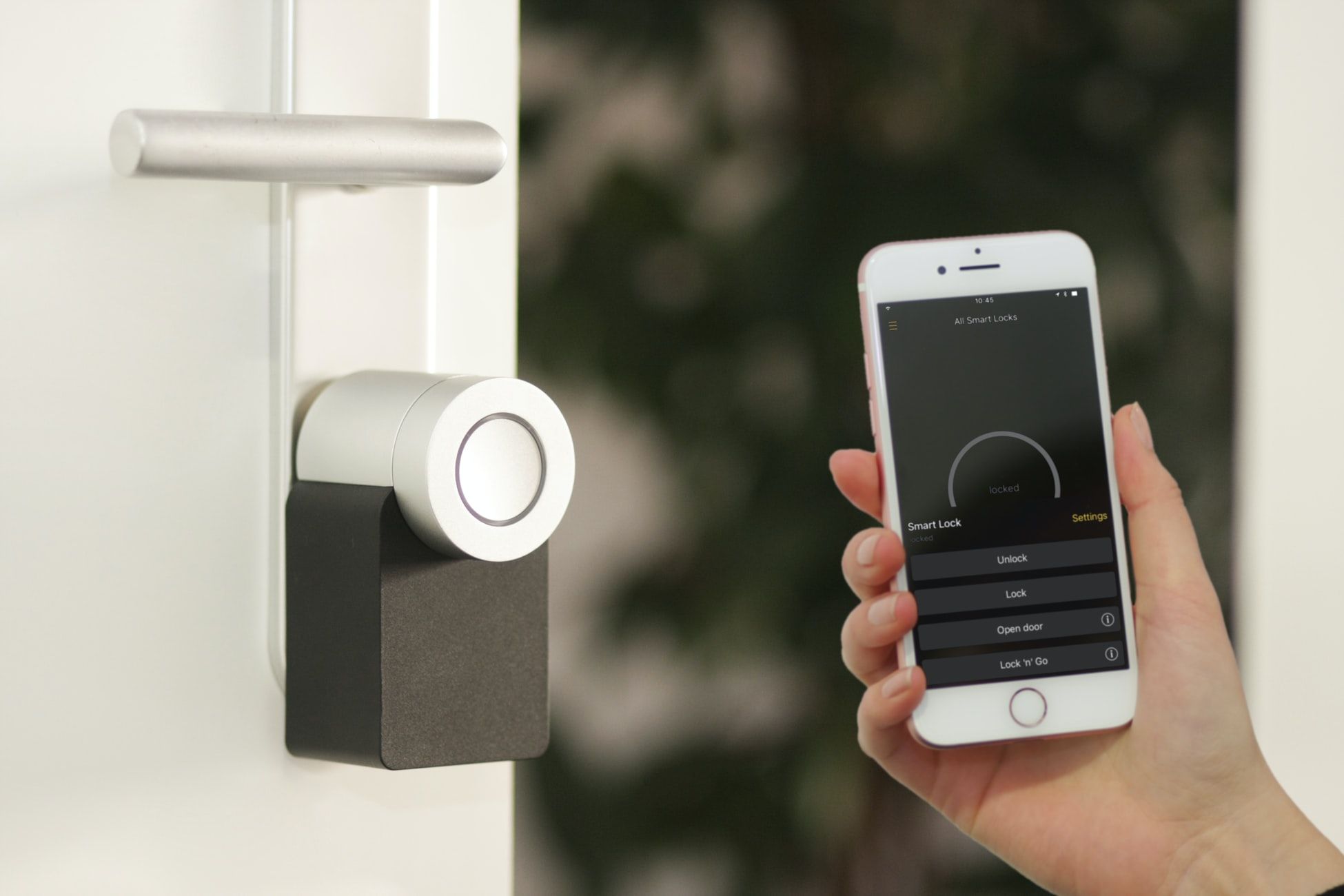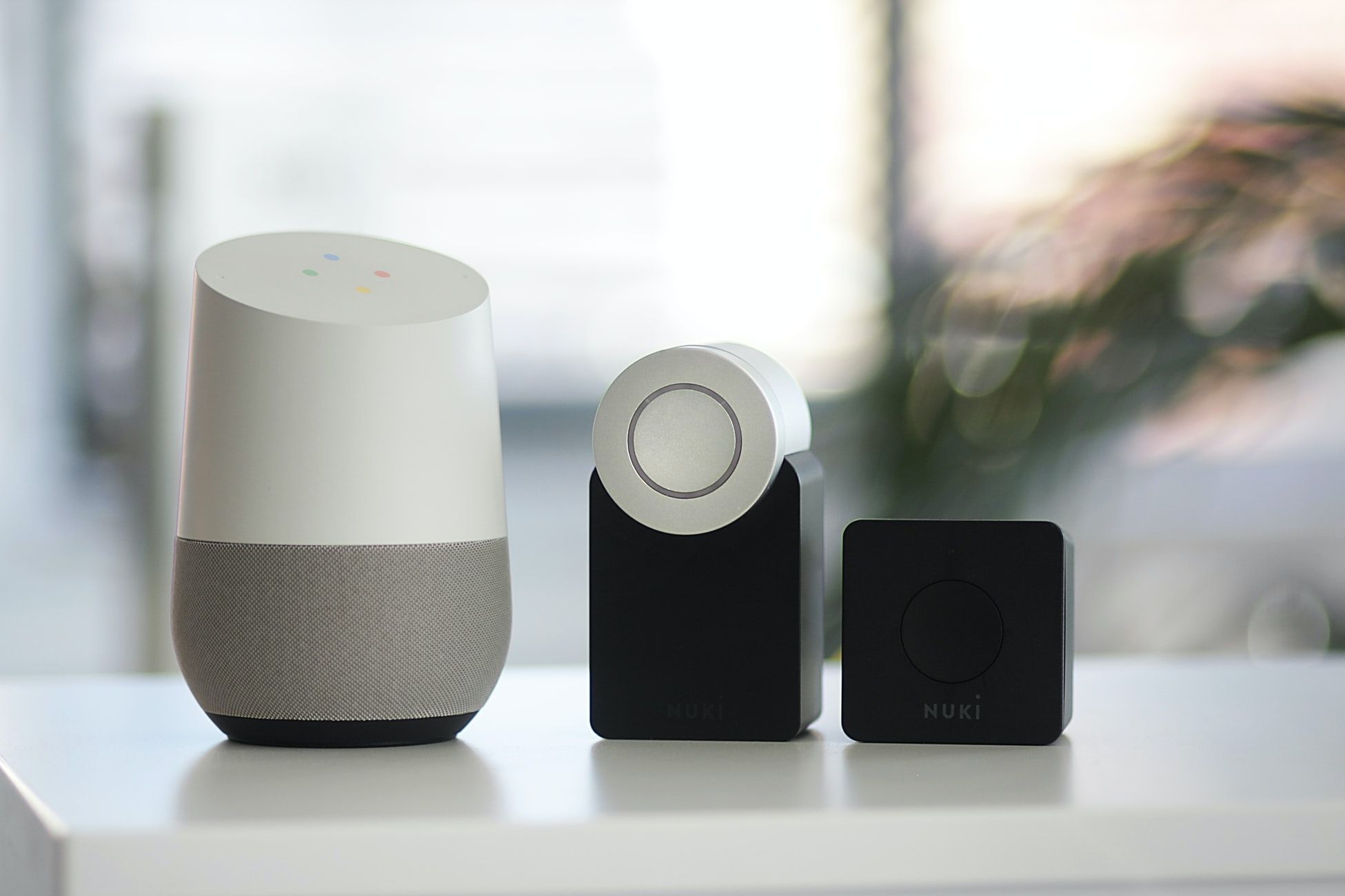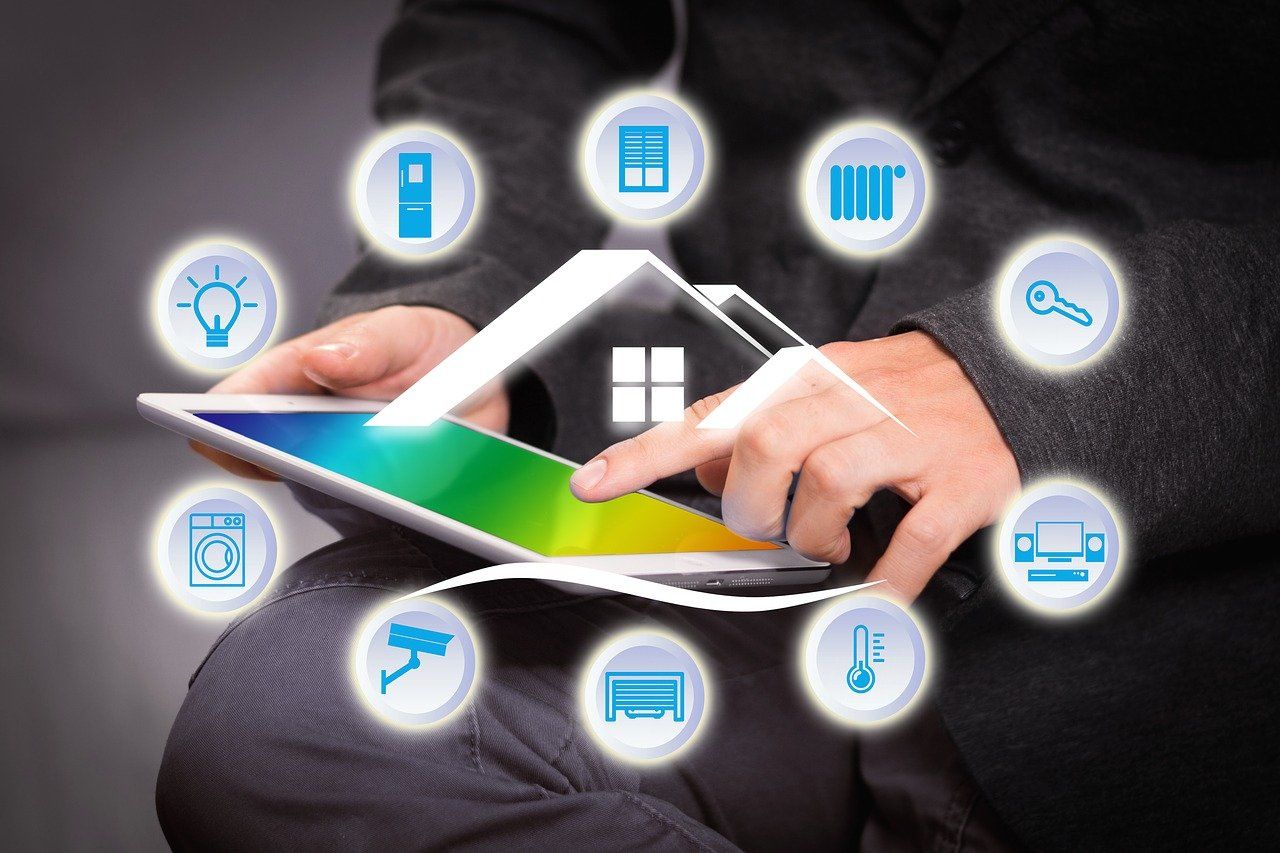Congratulations on acquiring your new smart home! Rather than installing all your devices from scratch, you have decided to make use of the second-hand ones already used by the seller. Understandably, using the pre-installed systems saves you time and resources but have you considered the security implications?
The seller might still have access to your networked devices. So can you be tracked through second-hand smart home devices? Could the seller be spying on you? Here's how to safely use second-hand devices in your new smart home.
Security Concerns of Using Second-Hand Smart Home Devices
Smart home devices are meant to keep you secure at home but the reverse is the case when they are tempered with. Taking possession of used smart home devices could jeopardize your security if you don't take the necessary precautions.
Here are some of the security concerns of using secondhand devices in your new smart home.
Can Someone Spy on You Using Secondhand Smart Home Devices?

You may install smart home security systems to keep an eye on your home but the tables could be turned on you instead.
There is the possibility that devices that have been previously used and passed on to you by the seller have been bugged to spy on you. If that's the case, the seller can access the devices remotely, watching you and listening to your private conversations.
Can Someone Track You Using Secondhand Smart Home Devices?
Some devices use GPS trackers and smart sensors to detect location. Finding out that you are being stalked in the comfort of your home can be a terrifying thought.
An intruder doesn’t have to be anywhere close to your house to stalk you—they can do that comfortably from remote locations by hacking your smart home devices.
You have to be wary of the people who have access to your devices; anyone who has used them previously is a suspect. For all you know, the seller could still have access to the tools they left behind for you.
Can Someone Gain Unauthorized Access to Your Smart Home?
When you purchase the right smart door lock, you can sleep soundly at night, knowing that intruders can't break into your home.
The credentials of your home security system are all intruders require to gain access to your home. By tapping of a few buttons, your doors can be unlocked without raising alarm.
Before you hold the manufacturers of your home security system responsible for unauthorized access, make sure that the seller isn't using the credentials because they weren't changed during the move.
How to Secure Second-Hand Smart Home Devices in Your Home

Moving smart home devices like the Nest Thermostat and wired-in security cameras to a new home can be tasking. Some homeowners may choose to bypass that hassle by leaving their systems behind.
You may have no reason to believe that your second-hand smart home devices have been compromised but you are better off taking the following security measures, just in case.
1. Ask the Seller to Log Out
As the one who probably purchased the smart home devices in your new home, the seller has digital ownership of the products including usernames and passwords. Now that the ownership has been transferred to you, the seller no longer has the right to access the devices.
Don't assume that the seller has logged out of the devices. Even if the seller has no sinister motives, they might simply forget to log out and accidentally access your devices remotely.
Directly ask them to log out. Check the devices to confirm that they have logged out. If anyone else should have access to the systems, it should be with your permission.
2. Carry Out a Factory Reset
Are you still concerned that the seller might still have access to your devices, even after asking them to log out? You can take matters into your own hands by logging them out yourself through a factory reset of the devices in question.
A factory reset erases the data and settings in a device, taking it back to its original setting at the point of purchase. It's done by following a series of steps outlined by the manufacturer of the device.
Some devices are easier to factory-reset than others. As a security measure, some systems require you to provide the current account holder’s PIN. If that’s the case, you have to contact the seller; otherwise, you won’t be able to go through with the reset.
Don’t know how to do a factory reset? You can find information on how to factory reset your Nest Thermostat and other smart home devices online.
Once the factory reset is successful, you can rest assured that the seller has no access to your devices.
3. Log In to Your Devices With Your Account Details

Acquiring digital ownership of your second-hand smart home devices requires you to log into the devices successfully. You can't ascertain the condition of the devices until you test them yourself.
Turn on the devices, log in, and pay close attention to how they work. Do you notice any faults? Raise it with the seller.
If you had to pay extra money to have the devices left behind for you, you'll no doubt be annoyed at the prospect of spending more to fix them.
4. Ask for Devices’ Warranties and Proof of Purchase
Asking for the products' warranties and proof of purchase might seem unnecessary when you can see them already installed in your home. But the products might become faulty sooner or later. Having no warranty information nor proof of purchase will make it difficult for you to have them fixed.
Ask the seller to give you proof of purchase such as a receipt or any other paperwork that suffices. It also helps to ask for all information regarding the effective use of the smart home devices left behind for you.
5. Connect the Devices to Your Apps
Connecting your smart home devices to your apps enhances the user experience. Top on the list is convenience—you can easily access your devices and keep a tab on happenings in your home without doing too much.
When you connect your home security system to Alexa, for instance, you can receive instant notifications on movements around your home and view footage remotely. Similarly, you can add your Nest Thermostat to your Nest app to monitor the changes in temperature levels.
Prioritizing Your Safety at Home
There is no such thing as being too secure. You owe it to yourself to take your own security measures.
Ensuring that the second-hand devices in your smart home aren’t compromised isn’t too much of a task to keep you and your loved ones secure in your new home.